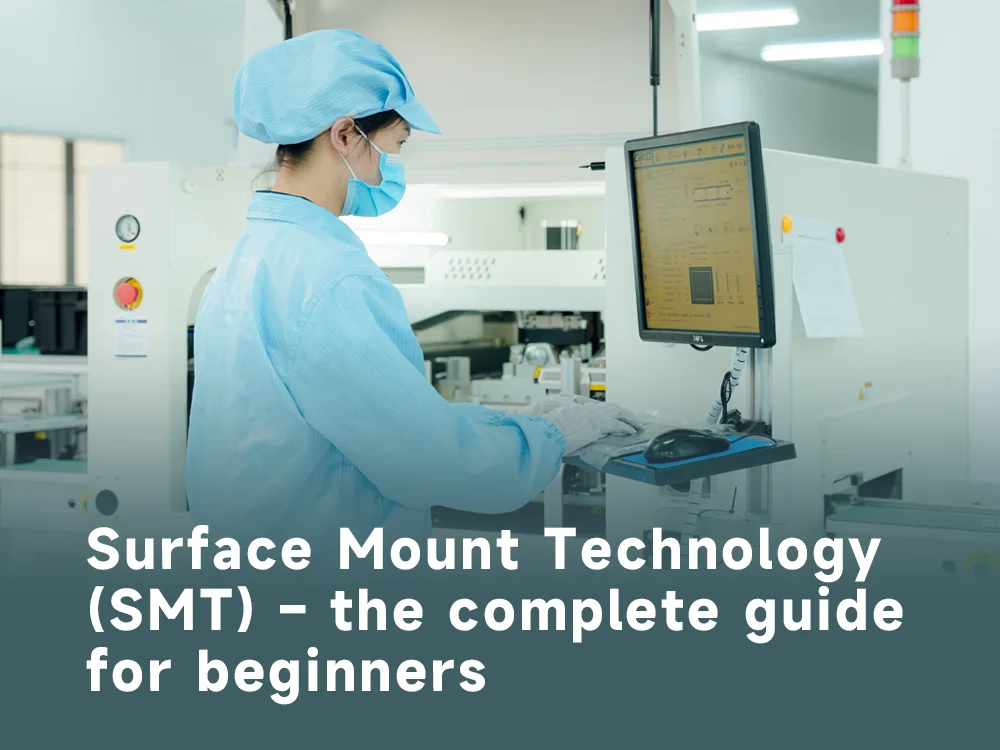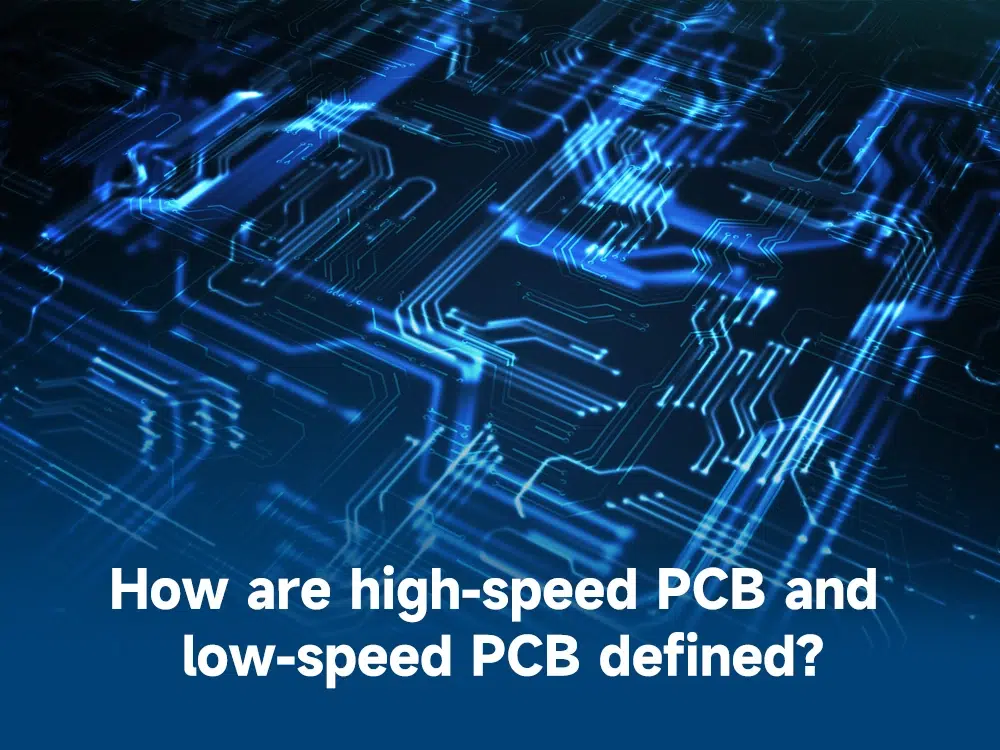What is PCB impedance ? A complete guide
PCB impedance refers to the resistance of an electric circuit on a printed circuit board (PCB) to alternating current. Impedance is a critical parameter that affects signal quality and integrity in high-speed digital circuits.










